Century and aloe: what's the difference?
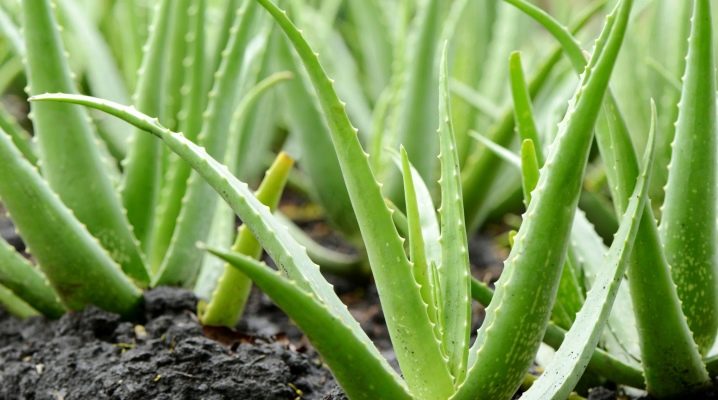
In almost every house, this unremarkable, but very necessary plant is on the windowsill. The discreet appearance (hard, thorny, elongated leaves) cannot underestimate its usefulness. Our grandmothers also considered aloe to be the first assistant in folk medicine. Its thick viscous green juice saved many from nasal congestion. The culture has a large number of other useful properties. If you pay attention to the packaging of many cosmetic and medicinal products, you can find an extract of this plant in their composition.
At home, you can find two cultures that are often confused - aloe vera and agave. Some people think that these are two names for the same plant. However, it is not. Cultures are similar, but there are differences. To find out how the agave differs from aloe vera, you should get to know each of them better.
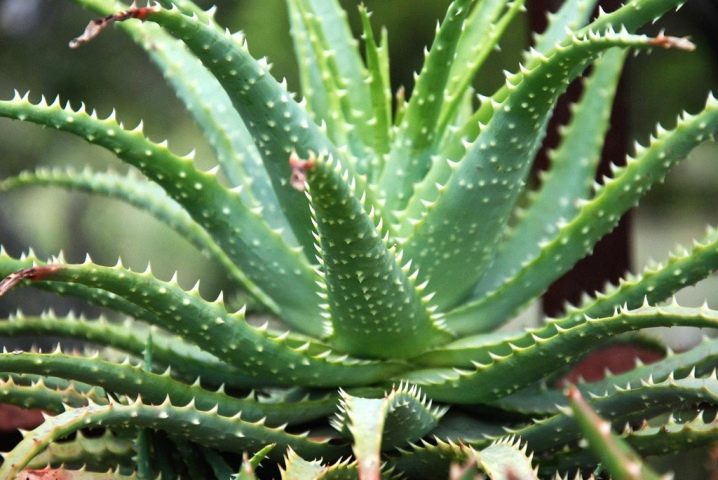
General information
To find out what are the differences between agave and aloe, you first need to understand the botanical nuances. The fact is that the first plant is a kind of the second.
Aloe is a succulent evergreen crop. There are a huge number of varieties of this plant (more than 300). Each subspecies has its own characteristics, which served as the reason for the classification. The best known to all are aloe vera and an agave.
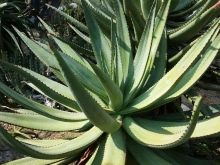

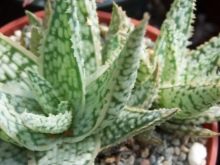
Natural habitat
It will be useful to figure out where the natural conditions familiar to plants are. Initially, cultures loved the South African climate for its high temperatures and dry air. In the wild, aloe vera and agave can be found in deserts and semi-deserts, as well as in the tropical climate zone.
Due to its unpretentiousness and exceptional medicinal properties, aloe quickly became popular all over the world. Now it can be found in almost every country. At the same time, the culture perfectly adapts to completely different conditions.

Many will be surprised, but being in natural habitat, aloe reaches from 2 to 3 meters in height and even blooms. But, getting into a closed room, where a significant part of food sources disappears, the plant almost does not bloom and has an order of magnitude smaller.
An interesting fact should be noted. In 2011, Italian scientists conducted experiments on various types of aloe. After analyzing the results, they came to the conclusion that the amount of beneficial properties in indoor samples is twice that in those that grow in the wild.
Differences
Many people confuse aloe vera and agave, believing that they are the same plant. But there are differences, albeit minor ones. The most obvious distinguishing feature of each variety is its appearance. The first plant has long, pointed, thick leaves that grow upward from the root. The centenary grows in the form of a tree with a trunk, from which fleshy leaves with sharp ends diverge.
The shape and size of the leaves can also tell a lot about a plant's species. In the agave, they are smaller, thinner and narrower. Accordingly, the juice in such leaves contains much less.
A common feature is the presence of small needles at the edges of the leaves in both species. And, of course, both cultures have pronounced medicinal properties, which is why they gained such fame and popularity.
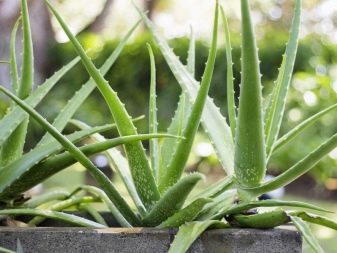

The benefits of aloe vera
The first use of aloe for medicinal purposes dates back to the days of Ancient Egypt. Found documents mention the juice of this plant as one of the ingredients in at least 10 balsamic recipes.
And today, many varieties of aloe are often used in traditional medicine. Their healing properties save many in the absence of medicines. The chemical composition of this plant is very rich. The culture contains a large amount of a wide variety of vitamins and minerals (potassium, magnesium, zinc, calcium, etc.). So, the juice and pulp of this "home helper":
- promote rapid tissue regeneration in case of wounds and cuts;
- are widely used in the treatment of bacterial infections (staphylococcal infections, infections of the gastrointestinal tract, and others);
- effective in diseases associated with the bronchi, as well as conjunctivitis of the eyes.
The systematic use of the juice of this succulent with honey helps to increase immunity, which is especially necessary in the autumn and spring periods. Regular use of face masks made from aloe juice helps to deeply moisturize the skin, reduce expression and age wrinkles. The skin becomes more elastic.

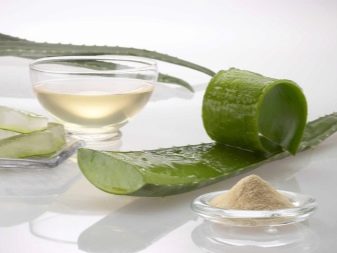
Hair masks made from aloe juice make the strands softer and stronger. By combining the juice of this plant with other components, you can make masks for a variety of purposes - to strengthen, protect, moisturize the strands, to fight dandruff, grease, etc. To make your hair always look healthy, just add the plant juice to shampoo or balm ...
In addition to juice, you can also use pulp, which has no less useful properties. The leaves, with slightly dry tips, are a storehouse of healing microelements. Before using the leaves for medicinal purposes, they must be placed in the refrigerator for a couple of hours, and then rinsed with warm water.
Having an almost identical internal structure, agave and aloe vera differ only in the effectiveness of use in certain areas. Unlike agave, aloe vera is often used by mouth. Plant:
- helps with upset stomach or intestines;
- helps to strengthen the cardiovascular system;
- effective for enhancing immunity;
- normalizes blood sugar (however, contraindicated for diabetics);
- helps with stomatitis and bleeding gums (used when rinsing the mouth).
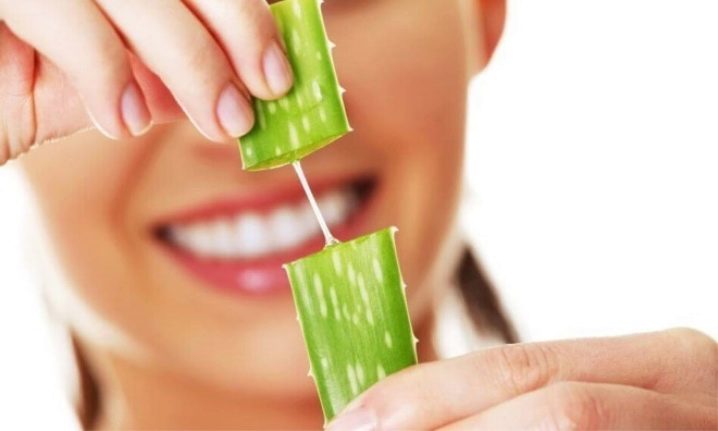
Agave benefits
Century is most often used for external use. For example, the juice and pulp of this plant:
- soothe the skin in case of inflammatory processes (eczema, acne, allergic reactions, etc.);
- help to draw out pus with abscesses;
- accelerate skin regeneration in case of burns;
- promote deep hydration of the skin and increase its elasticity;
- reduce redness and itching in case of bites from mosquitoes, wasps, gadflies, ants, etc .;
- help the disappearance of scars and stretch marks.
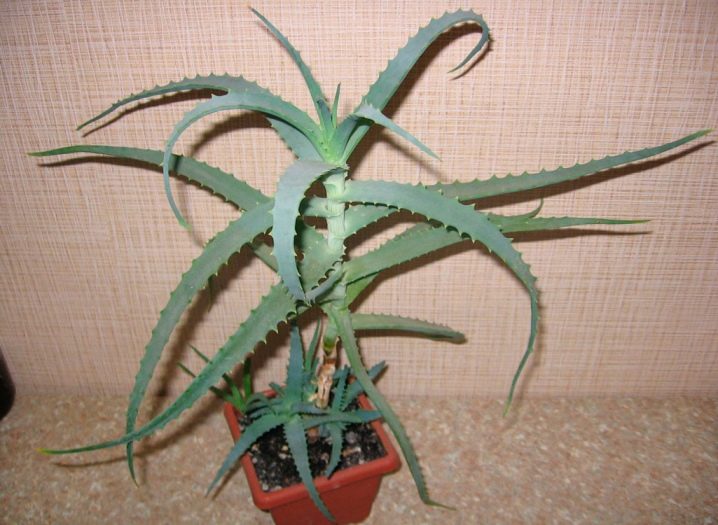
Contraindications
Any medicinal plant, in addition to healing properties, has contraindications. Aloe is no exception.
The use of tinctures, which include aloe, can promote vasodilation. Therefore, this succulent should not be used by people with low blood pressure. For the same reason, this plant should be excluded for pregnant women, as carelessness in its use can cause bleeding. For wounds and cuts, aloe juice should be used only after the wound itself has been disinfected and washed out of pus. Otherwise, it can lead to the development of an inflammatory process.

How to care?
There is not much difference in grooming between aloe vera and an agave. Both representatives of the flora require a minimum amount of attention. The main thing is the presence of constant sunlight and regular watering.
Since both agave and aloe are plants that have a special layer for water storage (the common name is succulents), they do not require frequent watering. In winter, it is enough to add moisture 1-2 times a month. In the summer, plants require watering at intervals of 1-2 times a week.
Water should be poured not on top of the leaves, but at the very root. The amount of water should also not be large. Wait until the liquid is absorbed into the ground. If the plant is flooded with water, it can start to rot.
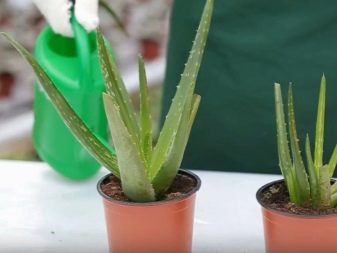
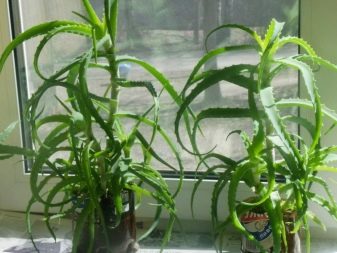
Those who do not have such a “lifesaver couple” as aloe at home should definitely get one. What exactly to choose: aloe vera or agave is everyone's business. Both plants are effective helpers in traditional medicine. Their appearance, of course, is far from beautiful orchids or other flowering crops, but their usefulness overrides any external imperfections.
The wide field of application of these crops will make it possible to do without drugs in many situations. Women who start using the juice and pulp of aloe for cosmetic purposes will soon notice the first positive results. But the biggest advantage of these plants is their unpretentious care. This is especially convenient for people who do not have the time and desire to pay much attention to indoor flowers.
For agave and aloe, see the following videos.























































The comment was sent successfully.